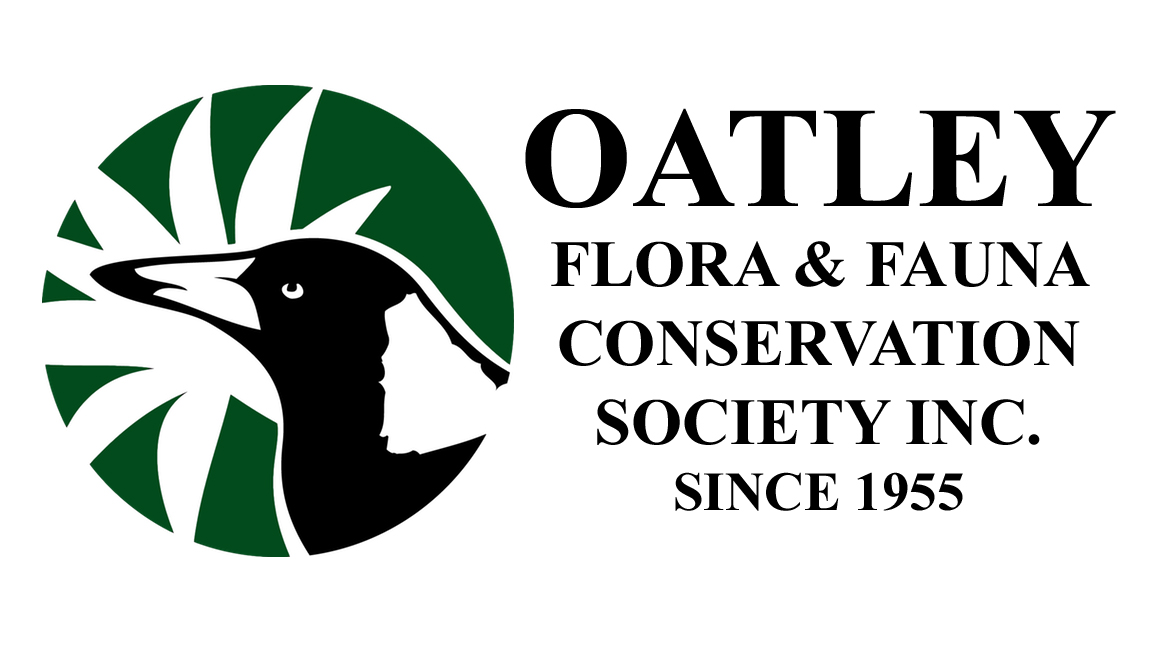In our June meeting Dr Michelle Ryan, a senior lecturer in Ecology and Environmental Science in the School of Science at the University of Western Sydney gave us some insight into the use of new DNA sampling techniques to discover previous unknown Platypus populations in the Sydney Basin.
Working with Cattai Hills Environment Network, the Hawkesbury-Nepean Platypus Project began in 2018 by using environmental DNA to determine the distribution and health of platypus in the mid-Hawkesbury catchment. The project works closely with local community groups and citizen scientists to ensure sustainability of the platypus population in the greater Sydney Basin.
Similar to techniques used by Sydney Water and NSW Health, the method used relies on detecting very small amounts of DNA shed by Platypus foraging or defecating in streams which can then be detected in small water samples. As DNA signatures are very specific to individual species a positive result means Platypus are present, however a negative result does not necessarily mean they are not present, depending on dilution effects or patterns of use of the stream by the Platypus.
Michelle spoke of the need to protect and restore creek and riverside, “riparian” vegetation for Platypus as it shades the water body and consolidates and maintains river banks where Platypus make their burrows which are essential for protection and raising of young. Michelle also spoke of the dangers plastic litter poses to Platypus, potentially fatally wounding them by entanglement or by accidental ingestion and the need to rid our creeks and rivers of plastic pollution.

